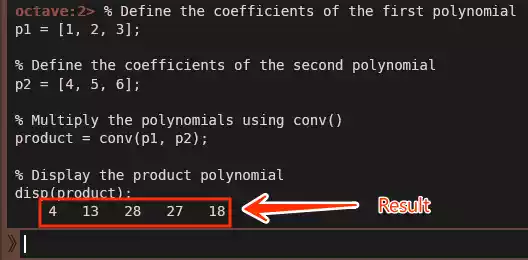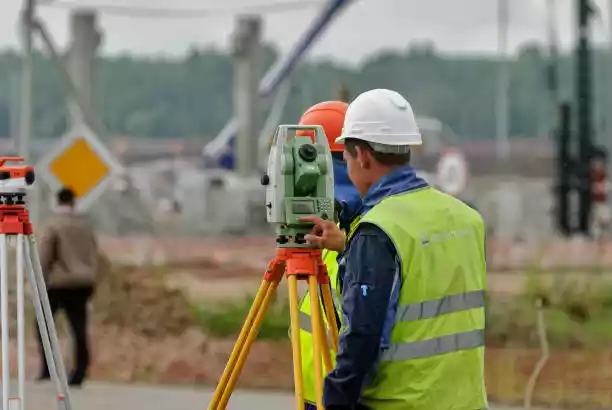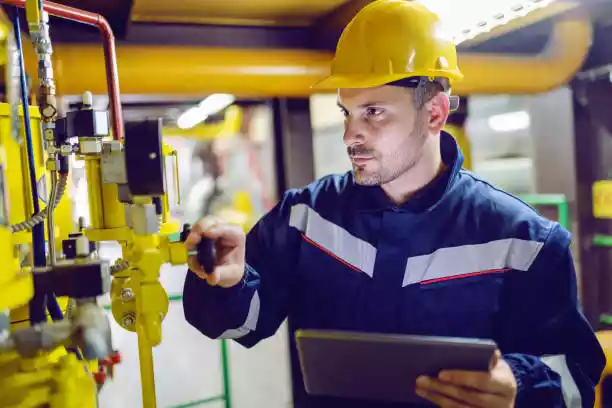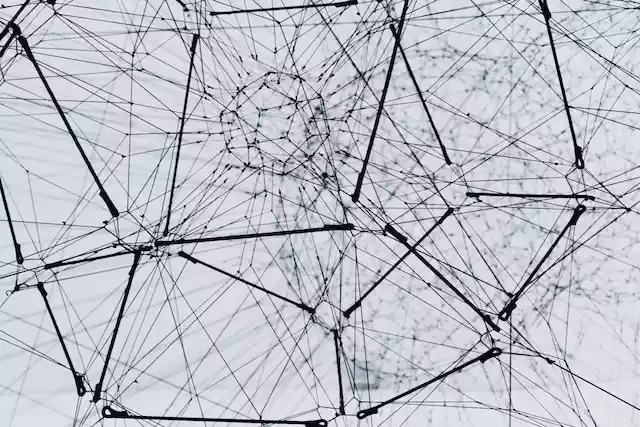7 Image Processing Applications in Real Life
Table of Contents
What is Image processing?
Image processing is basically the process of transforming an image into a digital form and then performing certain operations to extract some information from it or enhance it.
💡 Key Takeaways
- Image processing enhances medical scans (X-rays, MRIs, CT scans) for more accurate disease diagnosis.
- In agriculture, analyzing drone data with image processing aids in monitoring crop health and detecting issues early, leading to improved yields.
- Image processing in machine vision systems optimizes manufacturing processes and ensures product quality by detecting defects.
- Law enforcement utilizes image processing to enhance CCTV footage, identify suspects, and reconstruct crime scenes for investigations.
- Image processing analyzes remote sensing data to track changes in land cover, deforestation, natural disasters, and weather monitoring through satellite imagery.
- Biometrics employ image processing for secure access control and identification using iris, vein, and facial recognition.
- In entertainment, image processing generates realistic CGI in movies and video games, enhancing visual effects and creating immersive experiences.
- Image processing aids education by visualizing complex concepts in educational materials, facilitating better learning experiences.
Applications of Image Processing
1. Medicine / Medical imaging
Image processing is used to enhance medical images, such as X-rays, MRIs, and CT scans, to help doctors diagnose diseases.
For instance, mammograms can be processed to identify small tumors that might be missed by the human eye.
2. Agriculture
Image processing techniques are employed to analyze data from drones, aiding in the monitoring of crop health and growth.
By detecting variations in plant color and texture, potential issues like pest infestations or diseases can be identified early on, allowing for timely intervention.
3. Industry
Machine vision systems utilize image processing algorithms to optimize manufacturing processes by monitoring and analyzing production lines.
This technology inspects products for defects in various industries such as automotive and electronics, ensuring high-quality standards are met before reaching consumers.
4. Law Enforcement
Image processing plays a crucial role in analyzing CCTV footage for security purposes. By enhancing video clarity and employing facial recognition algorithms, law enforcement agencies can identify suspects and track their movements.
Additionally, image forensics techniques aid in reconstructing crime scenes, providing valuable evidence for investigations.
5. Remote Sensing
Through image processing, remote sensing data is utilized to map changes in land cover and monitor environmental phenomena.
This technology enables accurate assessments of deforestation, urban sprawl, and natural disasters.
In addition, satellite imagery is processed to monitor oceanic and atmospheric conditions, contributing to improved weather forecasting models.
6. Entertainment
Image processing is employed to create realistic computer-generated imagery (CGI) in movies and video games.
By enhancing visual effects and manipulating digital imagery, immersive experiences are crafted for audiences.
This technology allows for the creation of lifelike characters, breathtaking landscapes, and dynamic action sequences, enhancing the overall entertainment value.
7. Education
Image processing aids in visualizing complex concepts in educational materials such as textbooks and videos.
By enhancing images and diagrams, intricate scientific principles and processes are made more accessible to learners.
In addition, virtual laboratories simulate experiments through image processing, providing students with interactive learning experiences that bridge theoretical knowledge with practical application.
FAQs
1. What is image processing?
Image processing involves the manipulation and analysis of digital images to extract useful information or enhance their quality for various applications.
2. How does image processing benefit healthcare?
Image processing improves medical scans such as X-rays, MRIs, and CT scans, leading to more accurate diagnosis of diseases and conditions, thereby enhancing patient care and treatment outcomes.
3. How is image processing used in agriculture?
Image processing is used in agriculture to analyze drone data, enabling farmers to monitor crop health, detect problems early, and make informed decisions to optimize yields and resource usage.
4. What role does image processing play in security and identification?
In security, image processing enhances CCTV footage for law enforcement, aids in suspect identification, reconstructs crime scenes, and facilitates secure access control and identification using biometric techniques such as facial recognition, iris recognition, and vein recognition.





